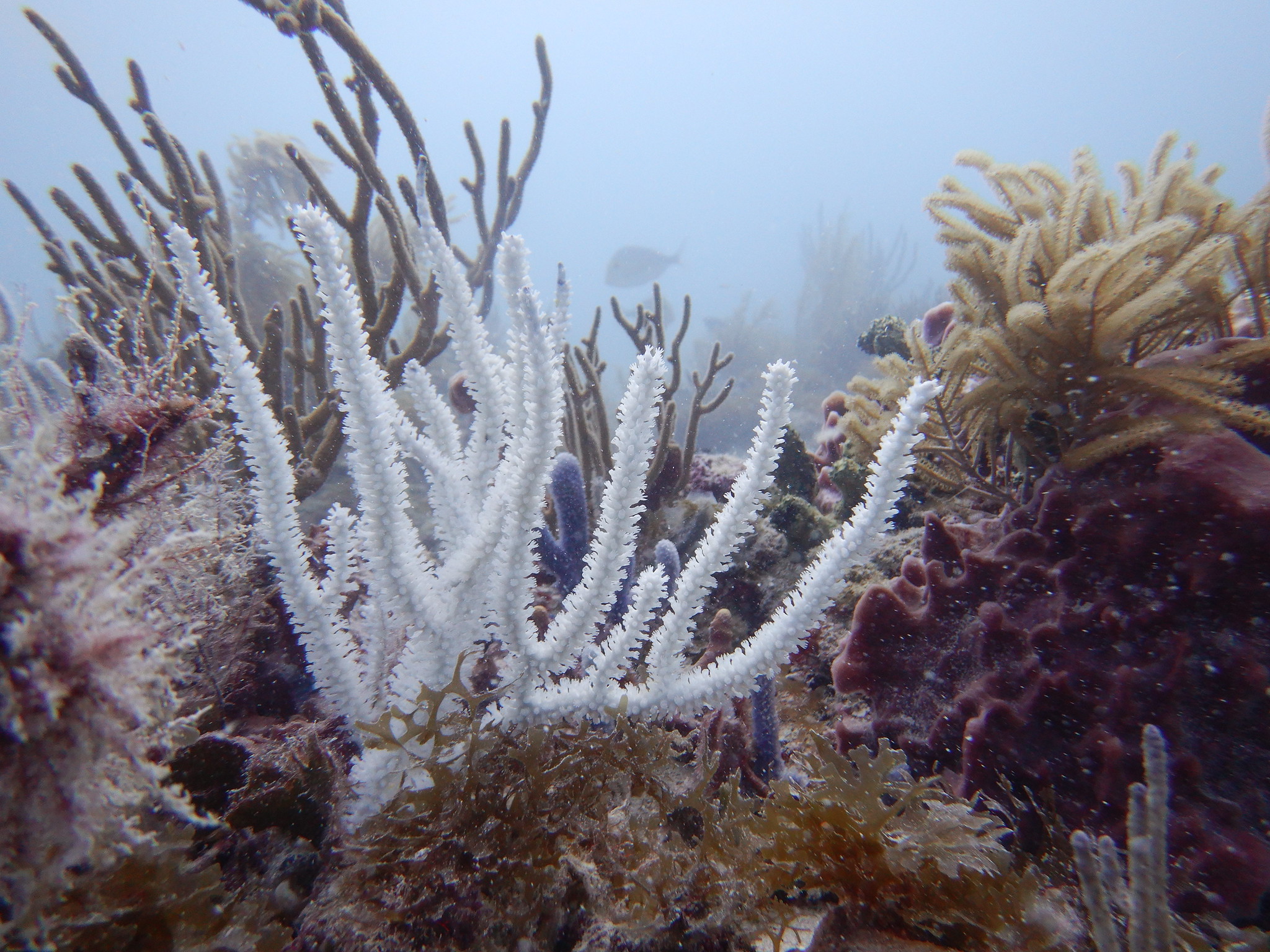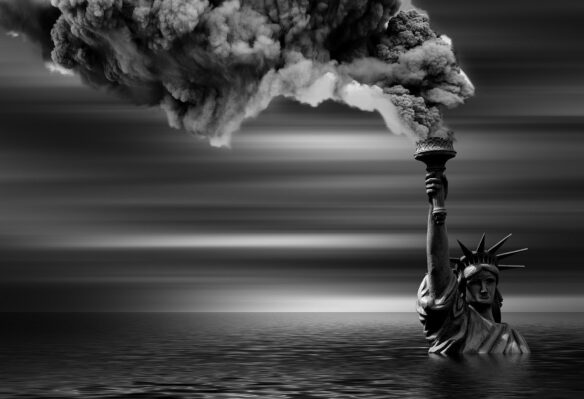Excerpt:
For more than a decade, marine experts have relied on an alert scale from the National Oceanic and Atmospheric Administration to signal how much stress ocean heat is putting on corals and what risk there is for bleaching. The highest on the two-level system, Bleaching Alert Level 2, has for years represented coral catastrophe. That has sufficed — until last summer.
A blistering marine heat wave along Florida’s 360-mile-long reef pushed water temperatures to previously unseen levels: from mid-to-high 90 degrees Fahrenheit, with some shallow waters reaching temperatures above 100 degrees. Some locations experienced complete reef bleaching and forced restoration groups to pull some corals out of the water.
The unprecedented event forced NOAA to add three new alert levels to account for higher mortality rates and bleaching levels. The previous levels were no longer doing an adequate job of showing how extreme the heat stress impacts were on the coral reefs said, Derek Manzello, an ecologist and head of NOAA’s Coral Reef Watch program.
“What happened last year was really unexpected and off the charts,” Manzello said. “We knew there were going to be more bleaching events because of ocean warming. We knew they were going to become more severe. What we didn’t anticipate happening was such a severe event happening so early in time.”
The new system aims to give a better sense of how coral reefs respond to extreme heat. When corals are stressed, they release algae — which provide them with food and color — and turn pale or white. A bleached coral doesn’t mean that the coral is dead, but rather that it is more vulnerable and can die.
The new most extreme category, Bleaching Alert Level 5, signals near-complete coral mortality, when at least 80 percent of corals in an area are experiencing mortality due to prolonged exposure to extreme temperatures.
A Bleaching Alert Level 5 is five times the amount of heat stress of the first level, Bleaching Alert Level 1, which signals significant bleaching.
Manzello compared that highest level to a Category 5 hurricane. It denotes that they “expect drastic, severe and long-lasting impacts on coral reefs,” he said…
NOAA Atlantic Oceanographic & Meteorological Laboratory (08-16-2023):
2023 Coral Bleaching – Cheeca Rocks, Florida Keys
NOAA Atlantic Oceanographic & Meteorological Laboratory’s Coral Program documented bleached corals at Cheeca Rocks near Islamorada, FL during routine monitoring starting in late July 2023. Part of the Mission: Iconic Reefs project, Cheeca Rocks has some of the highest percent of stony coral coverage in the Florida Keys and has historically been more resilient than other reefs in the area. The water temperatures at this site has reached 91 degrees Fahrenheit, which is much higher than what is typically recorded for this time of year. Most of the corals here are heavily bleached, with some already experiencing mortality. AOML Coral Program scientists are visiting this site often to collect photomosaics to document this bleaching event.









